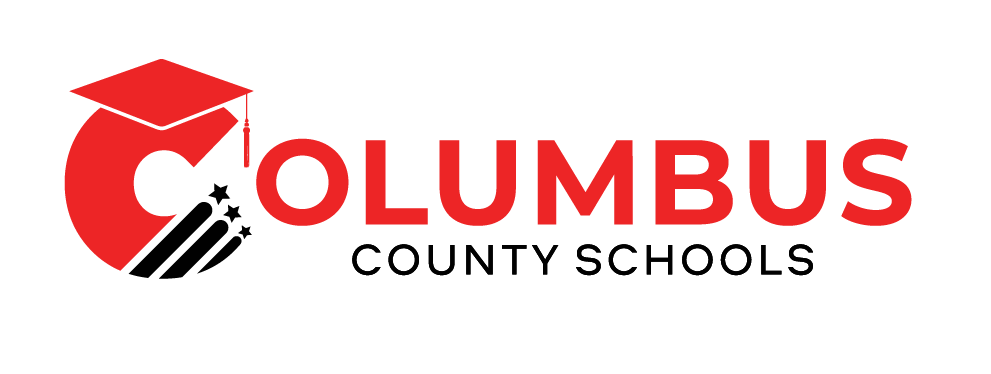
Columbus County Schools Lead North Carolina in FAFSA Completion
Overview
Columbus County, NC, has achieved the top ranking among 115 school districts in North Carolina for Free Application for Federal Student Aid (FAFSA) completion for the second consecutive year. This accomplishment was recognized statewide at the North Carolina Financial Aid Summit.
FAFSA Completion Rates
As of June, nearly 82% of high school seniors in Columbus County Schools successfully completed their FAFSA applications, demonstrating a strong commitment to supporting students’ post-secondary education opportunities.
Importance of FAFSA Completion
Laura Hunter, Director of Curriculum & Instruction, emphasized the critical role FAFSA plays for graduating seniors:
“FAFSA opens doors students may not even know exist. It gives them real, tangible options after high school—college, trade school, or workforce training—that might not have been part of their plans yet. Even if they’re still figuring out their next step, completing the FAFSA ensures those opportunities stay within reach. As a result, more of our students are positioned for success beyond high school because one of the most common barriers to continuing their education—cost—can be significantly reduced or even removed.”
Alignment with Sustainable Development Goals (SDGs)
SDG 4: Quality Education
- By prioritizing FAFSA completion, Columbus County Schools promote inclusive and equitable quality education and lifelong learning opportunities for all students.
- Reducing financial barriers enables greater access to higher education and vocational training, supporting skill development and employability.
SDG 1: No Poverty
- Increasing FAFSA completion helps lower-income students access financial aid, reducing educational costs and contributing to poverty alleviation.
SDG 8: Decent Work and Economic Growth
- Facilitating access to post-secondary education and workforce training supports youth employment and economic growth in the community.
SDG 10: Reduced Inequalities
- By ensuring more students complete FAFSA, Columbus County Schools work towards reducing inequalities in educational attainment and economic opportunity.
Conclusion
Columbus County Schools’ leadership in FAFSA completion exemplifies a strategic approach to advancing multiple Sustainable Development Goals through education. Their efforts not only enhance individual student prospects but also contribute to broader social and economic development objectives.

1. Sustainable Development Goals (SDGs) Addressed or Connected
-
SDG 4: Quality Education
- The article highlights the importance of FAFSA completion in enabling students to access higher education opportunities, which directly relates to ensuring inclusive and equitable quality education.
-
SDG 1: No Poverty
- By reducing financial barriers to education through FAFSA, the article connects to efforts aimed at reducing poverty by improving access to education and economic opportunities.
-
SDG 8: Decent Work and Economic Growth
- The article mentions workforce training as an option enabled by FAFSA completion, linking to promoting sustained, inclusive economic growth and productive employment.
2. Specific Targets Under Those SDGs Identified
-
SDG 4 Targets
- Target 4.3: Ensure equal access for all women and men to affordable and quality technical, vocational and tertiary education, including university.
- Target 4.4: Increase the number of youth and adults who have relevant skills, including technical and vocational skills, for employment, decent jobs and entrepreneurship.
-
SDG 1 Targets
- Target 1.2: Reduce at least by half the proportion of men, women and children living in poverty in all its dimensions according to national definitions.
-
SDG 8 Targets
- Target 8.6: Reduce the proportion of youth not in employment, education or training.
3. Indicators Mentioned or Implied to Measure Progress
-
FAFSA Completion Rate
- The article explicitly mentions that nearly 82% of high school seniors completed FAFSA applications, which serves as an indicator of access to financial aid and potential continuation to higher education or training.
-
Post-secondary Enrollment and Training Participation
- Implied indicators include the number or percentage of students enrolling in college, trade schools, or workforce training programs following FAFSA completion.
-
Reduction in Financial Barriers
- Though not quantified in the article, the reduction or removal of cost barriers to education can be measured through indicators related to financial aid disbursement and student economic status.
4. Table: SDGs, Targets and Indicators
| SDGs | Targets | Indicators |
|---|---|---|
| SDG 4: Quality Education |
|
|
| SDG 1: No Poverty |
|
|
| SDG 8: Decent Work and Economic Growth |
|
|
Source: wwaytv3.com







